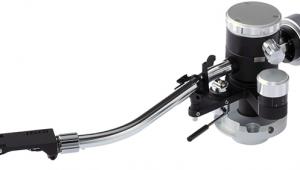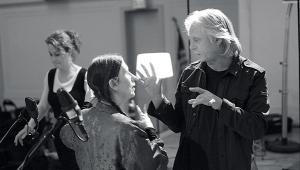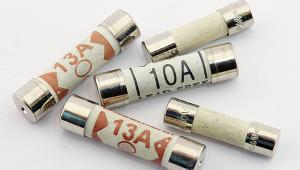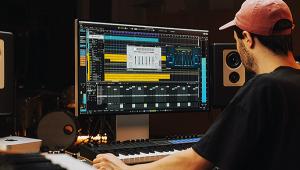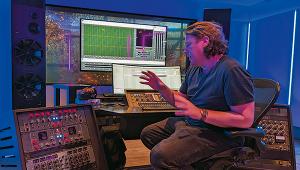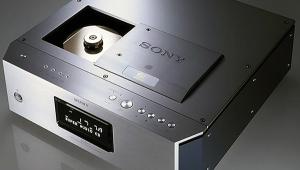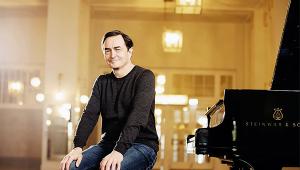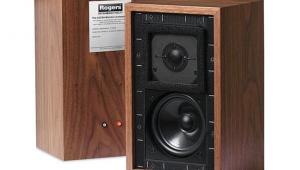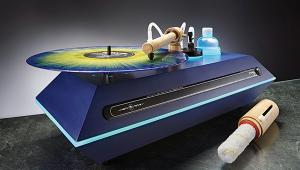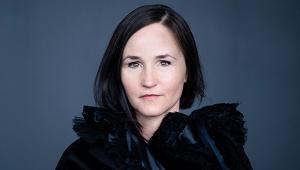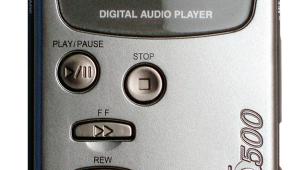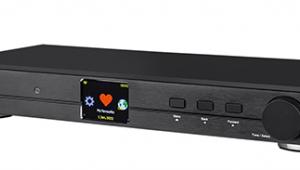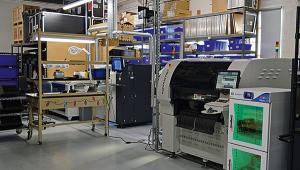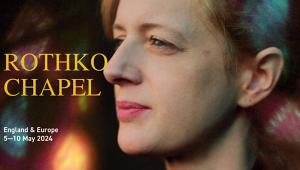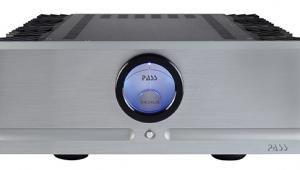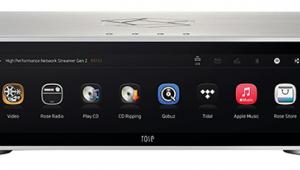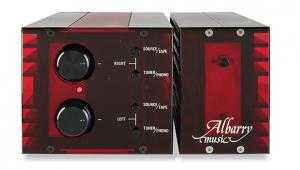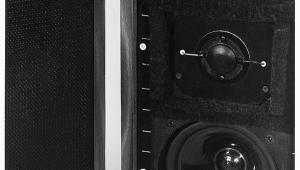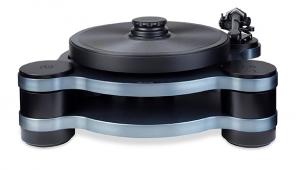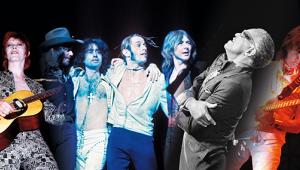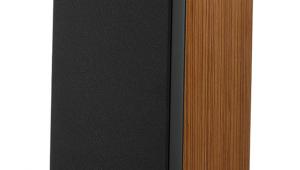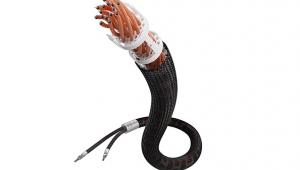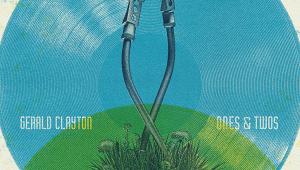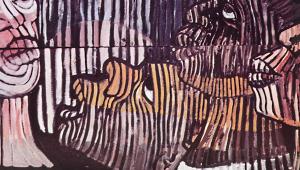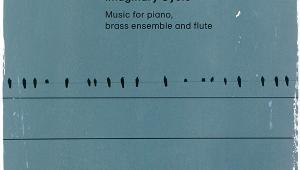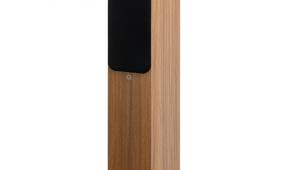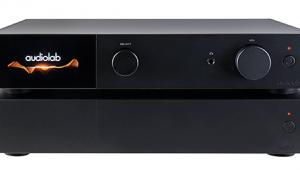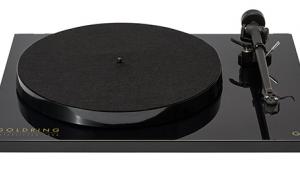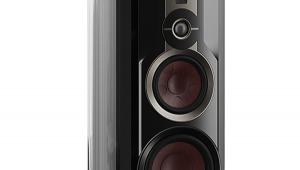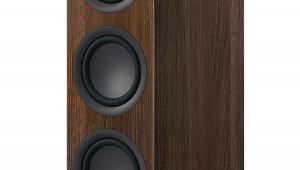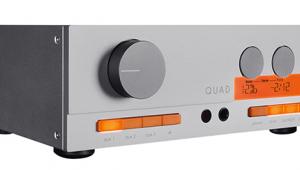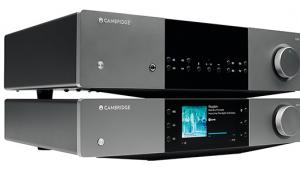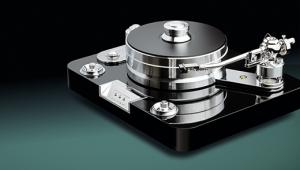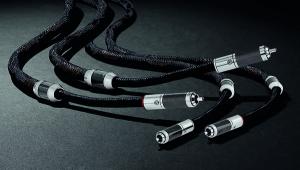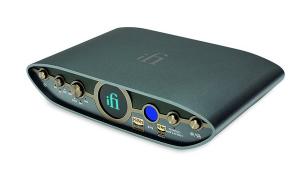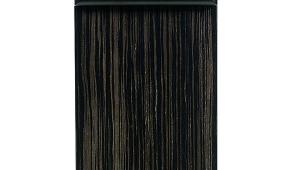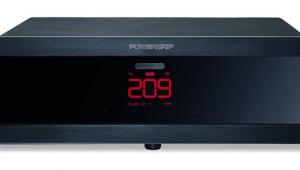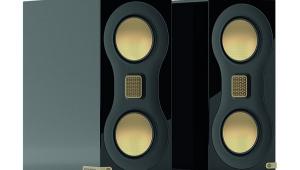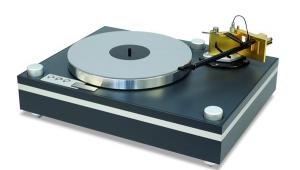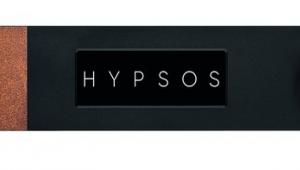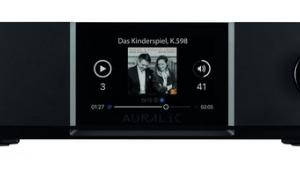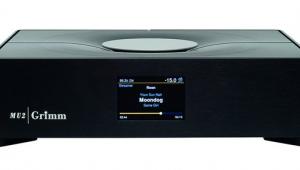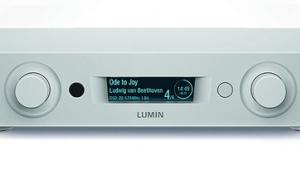Ted Jordan
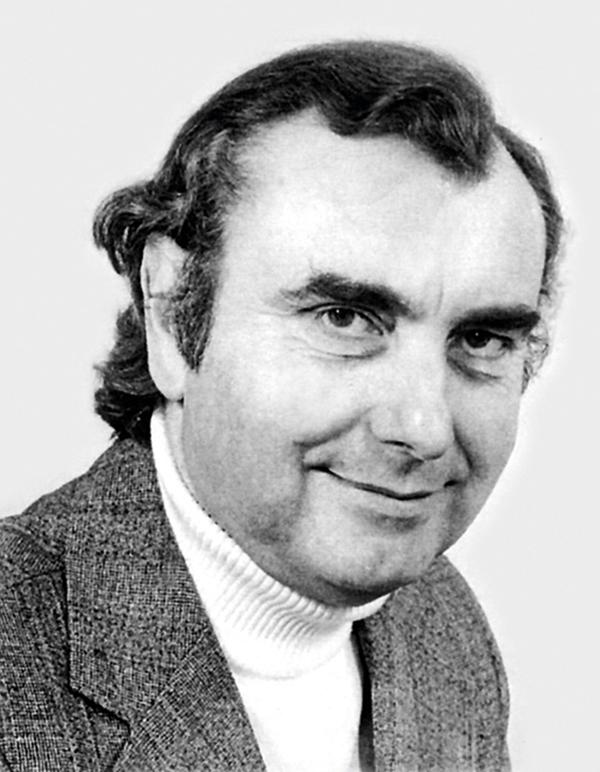
It’s 60 years since the late E J ‘Ted’ Jordan introduced his distinctive full-range metal-cone speaker drive units, but they are still popular the world over. Born in 1929, Jordan began his career at GEC and was inspired by the company’s metal-cone speaker, designed by Hugh Brittain. In 1952 he moved to Goodmans, where he developed new drive units, designed an electrostatic to speaker compete with Quad’s, and initiated the mini-sized Maxim.
Putting pen to paper
By 1963, when he left to set up Jordan-Watts, he’d also written many articles for the technical press and published his book Loudspeakers [Focal Press]. Back in 1956 he’d done two pieces on loudspeaker enclosures for Wireless World. Then, between July 1959 and February 1960, came a series of articles in Hi-Fi News, which were written for enthusiasts rather than engineers.
Called ‘A Course In Loudspeaker Design’, this aimed ‘to equip the reader with sufficient information either to design his own enclosures or to be able to choose knowledgeably from the many available types marketed’. It was now the time of transition between those two approaches. The term ‘loudspeaker’ still usually referred to an unmounted drive unit. Building your own cabinet in which to house the driver was the norm. Stereo had come but not yet conquered.
After Part 1, covering the basics of air movement, the series became ‘Principles Of Loudspeaker Design’. Wrote Jordan in Part 2, ‘Normally the closed box has little to recommend it but there are one or two notable exceptions’.
One of these, he said, was Edgar Villchur’s Acoustic Suspension design, where ‘the stiffness due to the air in the box is very much higher than that of the cone suspension and the air stiffness is therefore responsible for controlling the cone at low frequencies... Since the elasticity of air is exceptionally linear, a very low degree of distortion is obtained’.
Part 3, split across two issues, dealt with simple vented and reflex enclosures and then with some variations, starting with ‘the well-known RJ enclosure... introduced in the United States a few years ago’. Here the driver was mounted on a separate internal baffle spaced away from the normal front baffle, in which the aperture was reduced to a narrow slot.
Then came the CQ Q-flex, a speaker that broke usual rules and resembled a trendy laundry basket. Instead of being made as rigid as possible, the cabinet sides were designed to vibrate. At the lowest resonant frequency, Jordan explained, ‘the two larger sides of the enclosure are vibrating vigorously [and] are responsible for most of the radiated sound power’. In a small way this forgotten British design presaged what piano maker Bösendorfer would do on a grand scale 40 years later, with its carefully tuned sounding boards.
Part 4 described the tuned-pipe bass in the Voigt and Decca corner speakers, and referred to Jordan’s own epic transmission line, using two GEC units each loaded by a 14ft-long folded pipe built from 1.5in-thick concrete.
Part 5 covered horn loading while a final article helped home constructors calculate cabinet and port dimensions for a specific drive unit. The loudspeaker articles were followed in 1960 and 1961 by Jordan’s nine-part series, ‘Understanding Hi-Fi’, which explained every hi-fi component in layman’s terms.
Legacy lives on
Ted Jordan passed away in 2016, but EJ Jordan Loudspeakers remains a successful speaker maker, its products still based on its founder’s final iteration of his unique Eikona 2 full-range driver.
His final article for Hi-Fi News was ‘The Parameter Game’, a technical discourse aimed at fellow speaker engineers. Published in July 1996 but revised in 2000, this can now be found, along with a lot of archive material, on the EJ Jordan website at www.ejjordan.co.uk/PDFs. It’s a heritage worth looking back on.
